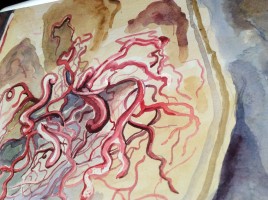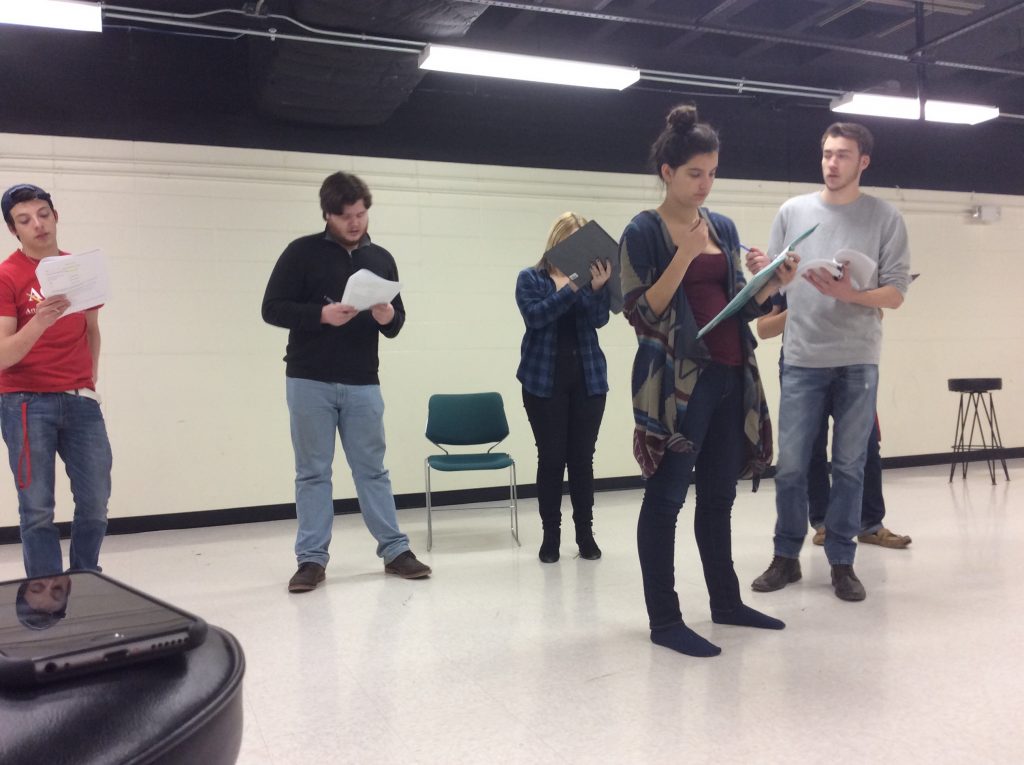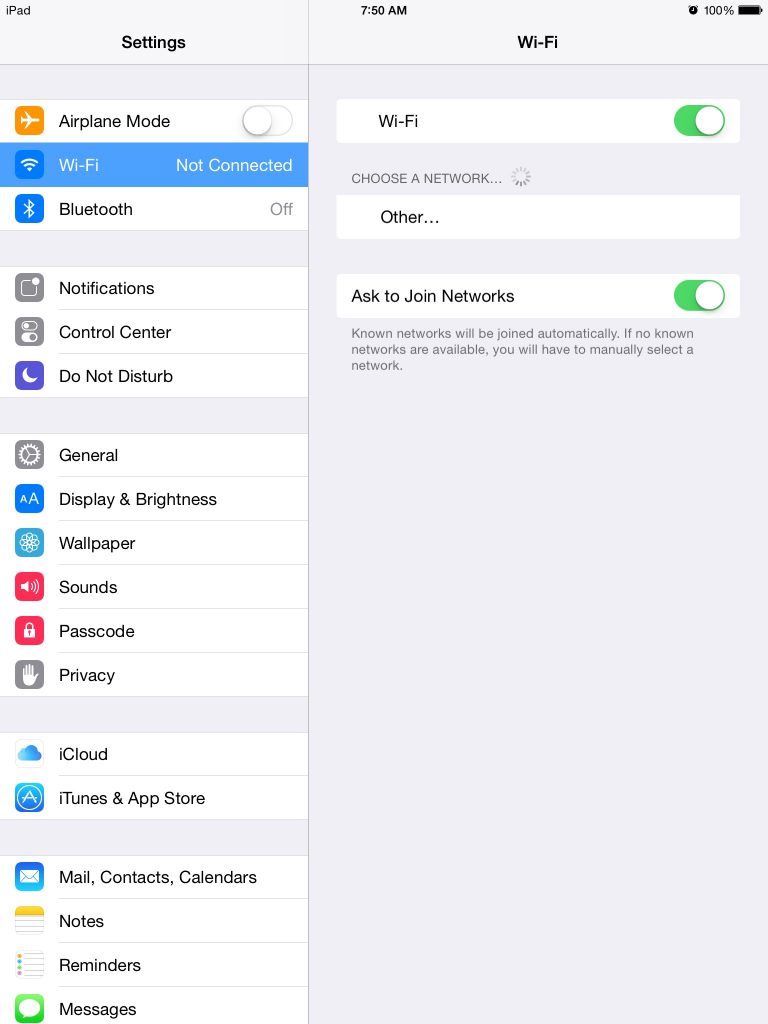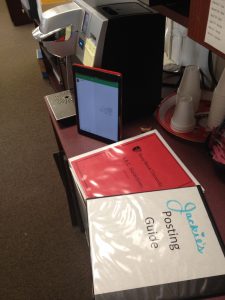My post this week actually comes from a creative post from a music classroom management course at my previous institution. It is the first three chapters of a book that I may write one day. There will definitely need to be editing before that day happens, but the story focuses on a young boy named Margeth. He envisions a nightmarish future land from which he must eventually save his entire kingdom. The catch is, this land is a reality based on the mundane world of an insurance company employee. After reading this week’s two selections, along with the Wenger material, I thought it funny that I had the prescient sense to write something three years ago that seems to almost perfectly line up with it all.
Hope you enjoy!
Dreams of a Future [it’s a working title]
1.
My name is Tom.
2.
My name is Tom. It is 5:47 a.m. on Tuesday, March 18th–breakfast time: two eggs, one biscuit with grape jelly, and 3 pieces of bacon. Crispy. 6:19 a.m.–time for work. I work for Parker and James Financial located at 4389 London Boulevard. I handle all incoming calls: complaints, grievances, and thanks. None ever call for that reason.
7:38 a.m., I arrive at 4389 London Boulevard and argue with the gear shift in my ’82 Ford Fiesta–Yellow. I must convince it that “P” means “Park.” After approximately 57 seconds I become the victor. 7:45 a.m., I arrive at my pale blue 3/4 cubicle. The phone rings. “Parker and Ja–”
“Don’t give me that! Parker and James this, Parker and James that. You should have been Parker and James Financial like you promised me. Talk about assets, what happened to protecting me and mine!? My stupid ex–”
“Sir or Madam, let me assure you that we here at Parker and James Financial are here for you. It is our vow to you that whatever money you have is ours for the protecting. Now, how may I help you?”
Click. Well that makes number one for the day. I add another scratch to my board.
3.
“Margeth? Margeth! Wake up!”
The blinding light hits me as I roll over and open my eyes. I’m pouring in sweat; it happened again. I have been having horrific dreams for the past few months. This time it was worse. A crippling pain is all that my conscious body is left with. Usually they are only full of dark labyrinths that carry deadly secrets or fierce enemies that the knights fight. Well, at least what the villagers say the knights fight. How should I know? I’m the son of a farmer. “Maarrgeeeth!?”
“I’m up, I’m up, Mother, calm down!”
“Hurry up or you will not make it in time!” Today is my 16th birthday. I finally get to appear before all the court. Once a boy is of age, he is allowed to appear before the entire people and court of the inner kingdom. There, he competes for a position in the community. From weaving to hunting and marksmanship, every position must be approved by the inner kingdom officials.
Dust shoots through the air as mother slams my door open with a flourish. Why is she wearing her dress laces? “Let me introduce to you the newest royal attendant in all of Calaindra. Margeth son of Nishmer!” exclaimed Lorebel as she loudly whispered ‘aahs’ to feign an exstatic crowd. “Up now my dear Margeth; no son of mine will be a dirty fishmonger. You are destined for greatness and should be housed in the royal palace.”
“Mother, there are hundreds of other of-age men that are all vying for a chance into the palace.” The searing pain hits me again. The dream has only been hiding in the recesses of my waking mind. The fear buckles me over quickly. Luckily, Mother only thought I was trying to go back to bed. I fear what it would do to her if she found out it was happening again.
“You must get up I tell you! Move it!” Lorebel yelled, as she began to search through Margeth’s clothes. “Here, put this on.” Margeth slowly obeyed her orders, all the while he managed to grunt and glower showing as much disdain as a sixteen-year-old can when woken up at dawn.
Technically Yours,
R.




